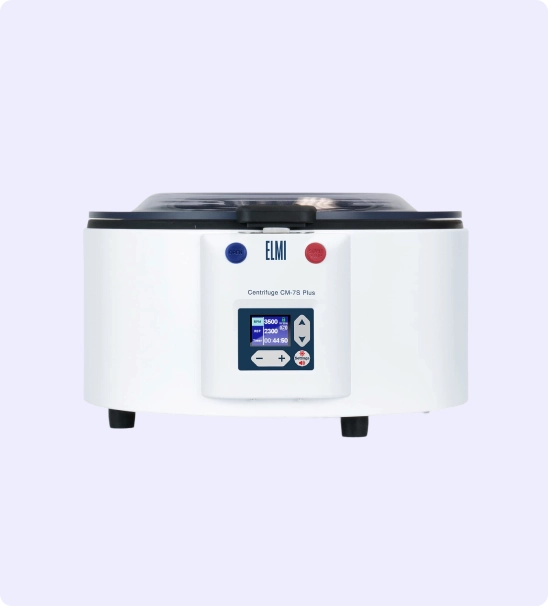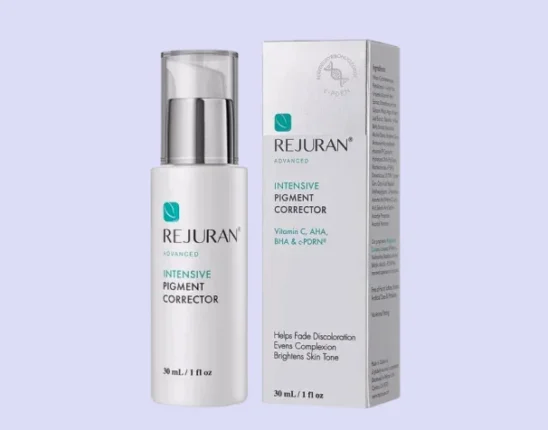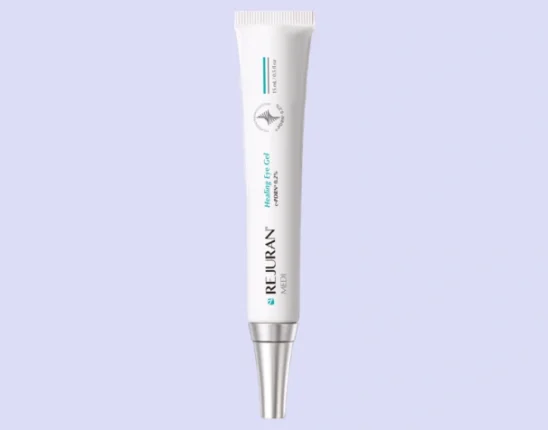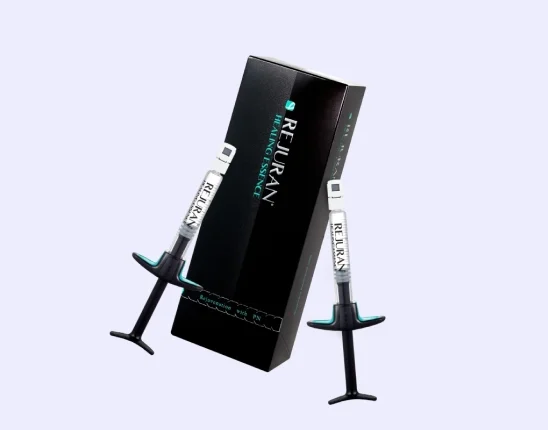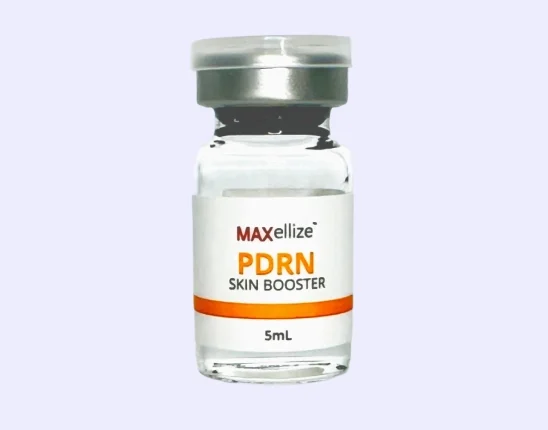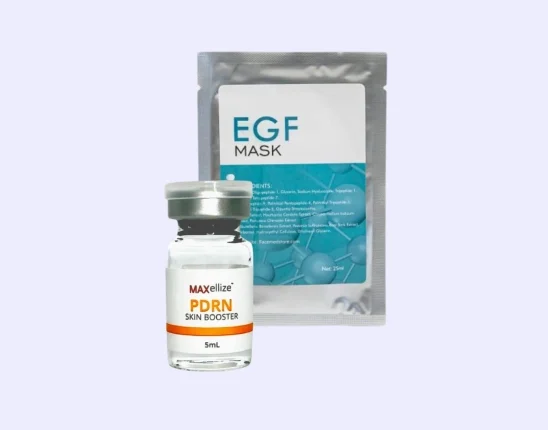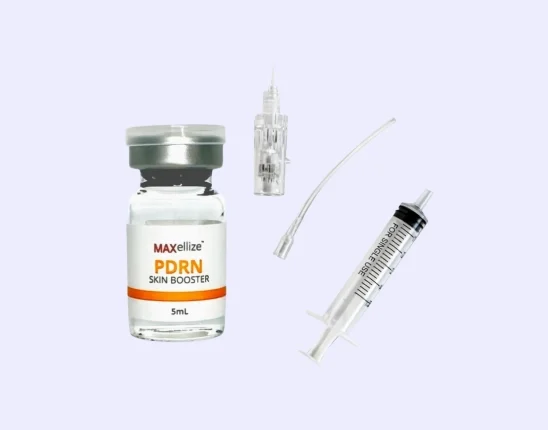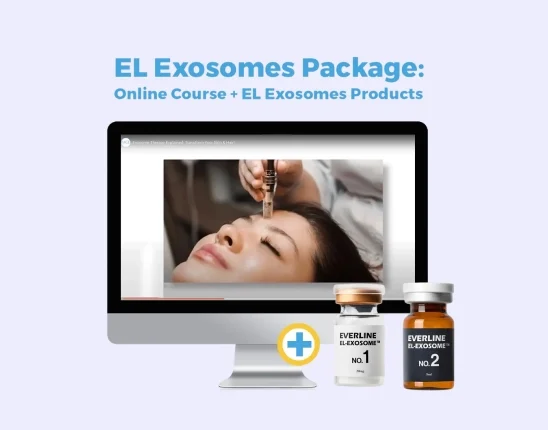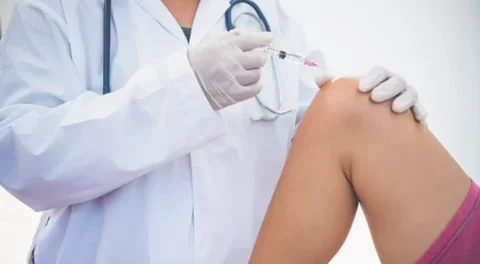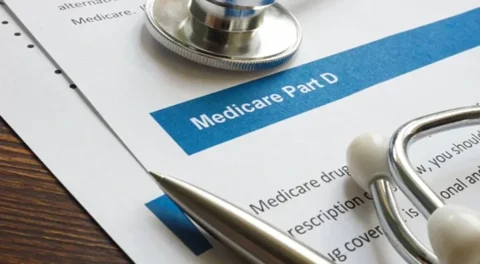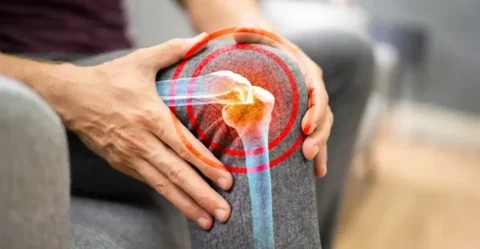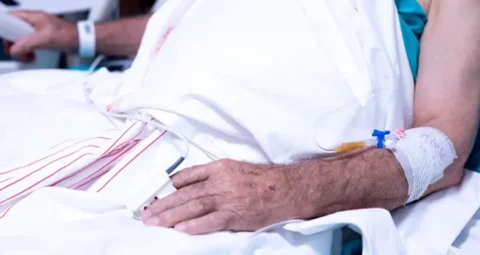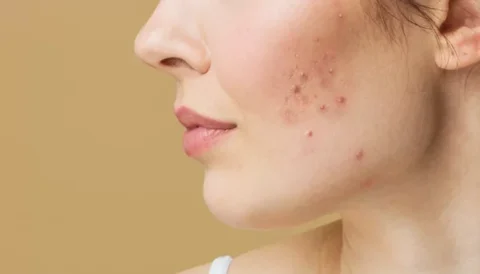PRP therapy is a safe and effective regenerative medicine that’s used in treating a number of medical and cosmetic concerns, including hair loss. But for patients who choose PRP for hair loss over other treatment options, knowing when it’s safe to wash their treated hair is one of the most common questions after the procedure.
So can you wash your hair after a PRP treatment for hair loss? Yes, patients can wash their hair as they used to but they should wait at least 24 hours first. This minimizes the risk of affecting the PRP hair treatment or developing unwanted side effects.
Is it Safe to Wash My Hair After PRP Therapy?
It’s normal for people to lose about 50 to 100 hair strands every day. But if you experience severe hair fall that starts creating a balding spot on the scalp, then you might be suffering from female or male pattern baldness like millions of Americans every year. Luckily, there are a few safe and effective treatment options to try if you’re not ready for a hair transplant.
One of the most common treatments for many types of hair loss is PRP therapy. This is a 3-step procedure that involves extracting a blood sample from the patient’s arm, processing it in the centrifuge, and injecting it into the thinning hair on the scalp.
The platelet-rich plasma (PRP) separated from the rest of the red blood cells and white blood cells is rich in healing factors and growth factors. They speed up the healing process and stimulate the individual hair follicle, allowing it to grow thick and long hair shafts.
Although PRP therapy for hair loss is a minimally invasive treatment with little to no side effects, patients should still follow certain aftercare instructions to ensure the best hair restoration results. One of these tips is washing the hair only 24 hours after the treatment session to avoid any adverse effects on the treated areas.
What Happens Right After the Treatment
The results of PRP treatment aren’t visible right after the procedure because it takes some time for the hair to grow. It’s also normal to experience a few side effects like scalp pain, bleeding, bruising, and swelling at the injection site but they only last for a few days after the treatment session. Contact a doctor or PRP provider immediately if the symptoms persist or worsen.
How Long Before the Scalp Heals
The recovery period needed for this kind of treatment is only minimal and it shouldn’t prevent the patient from doing normal activities, like washing their hair. All swelling and pain on the scalp should be gone after a few weeks. By then, most patients are advised to return to their PRP treatment provider to complete the number of required platelet-rich plasma injections for their hair loss.
Other Precautions When Washing Your Hair
When washing your hair after waiting for 24 hours, it’s best to use a gentle shampoo or one with natural ingredients. Remember to avoid rubbing or pressing the scalp too hard so it won’t swell, bruise, or become painful. If some parts of the scalp are still especially painful or irritated, skip washing your hair until those areas get better.
After washing it, only use a drying towel to pat it without rubbing the entire head and scalp. Make sure to only use gentle hair products at a minimal amount to avoid any adverse side effects.
Hair bleach, hair dyes, and other products with harsh chemicals should also be avoided for a few weeks until all the PRP injections are completed. Ask your provider about the best time to have the hair and scalp treated with these kinds of products.
Should You Also Wash Your Hair Before Treatment?
On the morning of the PRP hair treatment session, make sure to wash your hair thoroughly with regular shampoo. Don’t apply hair sprays, gels, or any kind of styling product so they won’t affect the treatment or react with the numbing cream. Hair systems like wigs and toupees should also be removed before the treatment session.
But aside from washing the hair, it’s also important for the body to stay hydrated on the day of the treatment. Make sure to drink plenty of water 2 hours before the appointment and drink another glass within an hour before seeing the doctor.
GET MEDICAL-GRADE BLOOD COLLECTION NEEDLES AT 20% OFF WITH CODE “20OFF” ON YOUR FIRST ORDER.
Stock up on blood collection needles and other medical and aesthetic supplies with FACE Med Store. Checkout today and get 20% off your order.
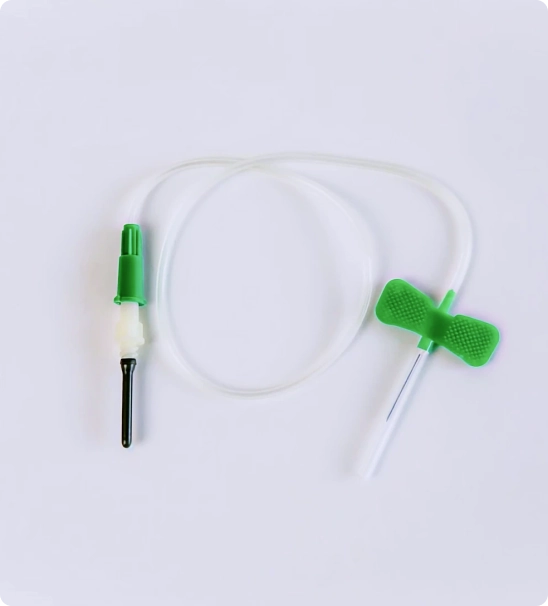
Taking Care of Your Hair and Body After PRP Treatment
How well patients take care of their scalp after the PRP treatment for hair loss is almost as important as the procedure itself. Following the provider’s aftercare instructions ensure that each patient gets the best hair regrowth results while minimizing the risk of developing side effects.
Aside from washing the hair with gentle products 24 hours after the treatment session, here are other ways to take care of the treatment area:
- Limit the scalp’s exposure to the sun by wearing a hat or staying under an umbrella when going out.
- Avoid using hair products that contain harsh chemicals for a few days after the treatment. Wait for the provider’s approval before coloring the hair.
- Take Tylenol if the treated area is painful. It’s also better to use an ice pack or cold compress to soothe the pain and swelling instead of taking blood thinners and anti-inflammatory medications.
- Ask the doctor about taking additional treatments for hair thinning and hair loss, like topical minoxidil or finasteride to achieve better scalp rejuvenation results.
Recommended Products for Healthy Hair Growth
Since PRP therapy for hair thinning and hair loss is minimally invasive, it’s often paired with other hair loss treatments to improve the hair regrowth results. Here are some of the best hair products to use after the PRP treatment to get the results you desire:
- Formula 82M – This prescription hair drop solution helps improve hair regrowth by revitalizing the existing hair follicles on the scalp. Their unique formulation contains a combination of different anti-androgens, antioxidants, and anti-inflammatories. Its active ingredient, minoxidil, is one of the most effective substances proven to enhance hair growth for patients with androgenic alopecia and alopecia areata.
- Formula 82S Shampoo – This take-home shampoo is safe for everyday use because it’s made of natural ingredients that promote hair growth and strengthen the remaining hair on the scalp. Unlike other hair regrowth shampoos that make the strands dry and brittle, Formula 82S leaves the hair soft, shiny, and healthy. This works for both men and women with pattern hair loss.
- Nutrafol – This oral medication contains keratin and essential amino acids to restore the length and density of the hair on the scalp. Nutrafol comes in different formulas for men and women, but both are safe enough for people with sensitive stomachs.
Find the Best Hair Loss Solutions at FACE Med Store
It’s safe for patients to wash their hair after their PRP treatment, as long as they do it with gentle products and about 24 hours after the procedure. And if you want to enhance the hair regrowth results of the PRP therapy, we offer safe and effective hair thinning and hair loss solutions that can be combined with PRP.
At FACE Med Store, we want to help our partners provide the best hair restoration experience for their patients. We offer different kinds of high-quality tools, supplements, and other supplies for hair loss treatment at the right prices, so don’t hesitate to contact us today to find the best deals for you.
